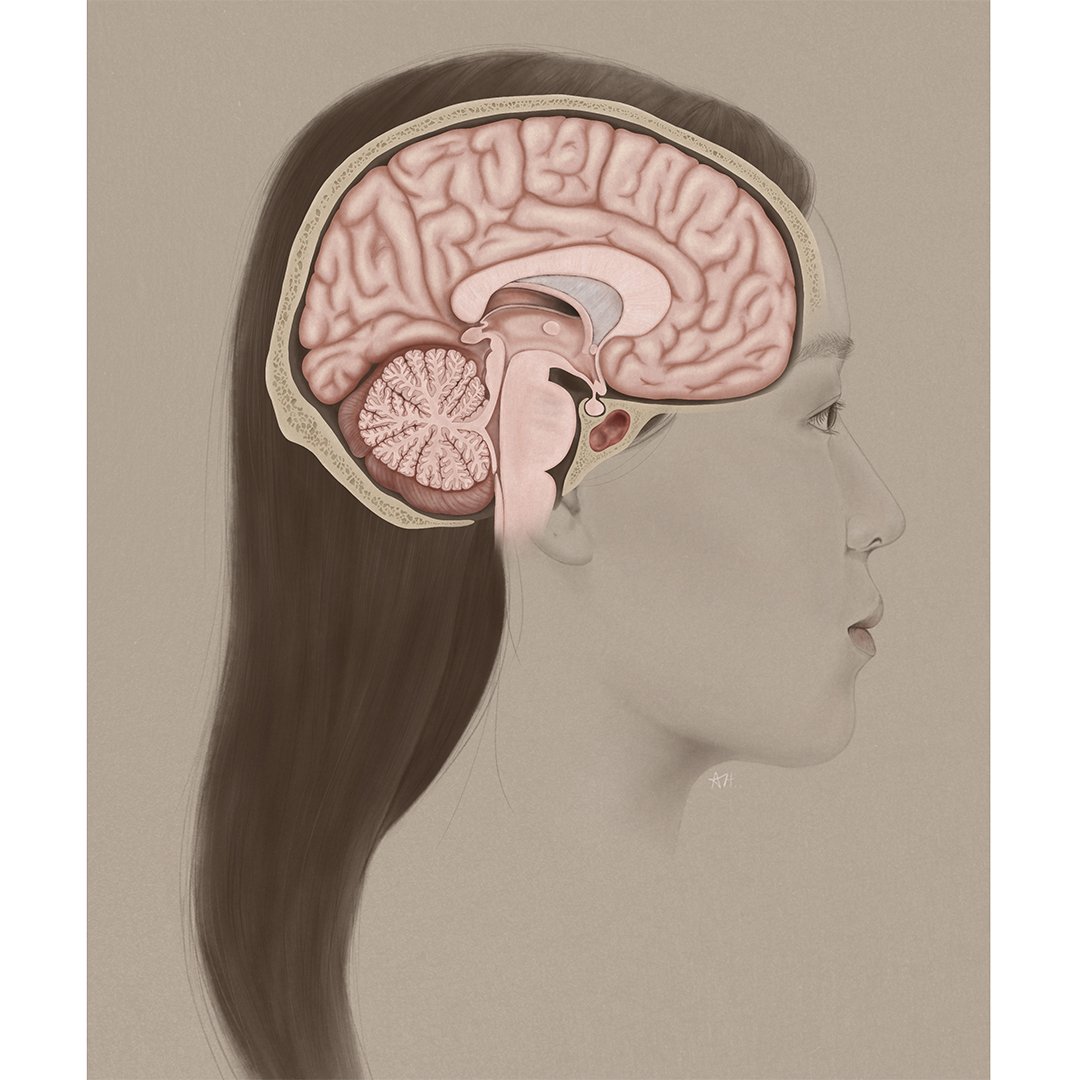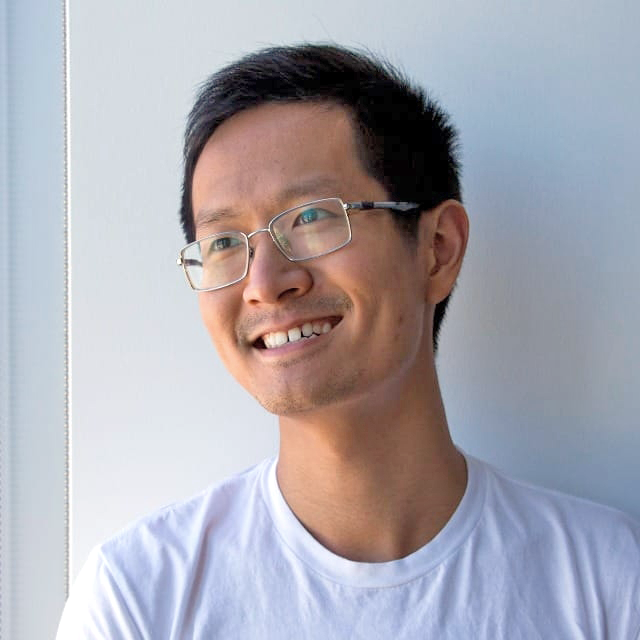Wim van Egmond, Microphotographer, Filmmaker and Artist
Portraying microorganisms
In his talk, Wim will show examples of his work and explain how to find, handle and manipulate microorganisms to be able to observe them in close detail. Wim will describe how he photographs and films them. He will also show some examples of the drawings of his favourite microscopists from the past, giving a glimpse into how microbiology started. Wim is currently studying 17th-century microscopists and is working with the original microscopes of Antoni van Leeuwenhoek.
Date and Time:
April 22, 2022
2:00 to 3:00 p.m. ET
One-hour presentation including Q&A.
Missed the session? Watch the recorded session presentation here:
https://vimeo.com/702910812/b0ba4cbf12
BMC Speaker Series 2022–Tricks of the trade full program: https://bmc.med.utoronto.ca/news-events/2022/02/21/bmc-speakers-2022
Wim van Egmond is a Dutch artist whose work lies deceptively close to scientific work. He is fascinated by the almost artificial way in which science depicts nature. Wim began his career as a visual autonomous artist, studying painting and specializing in photography and using optical techniques such as microscopy. He portrays microbes and makes micro-landscapes. Initially, with the aim to make autonomous work often with one foot in the scientific world, he received commissions from the scientific community. Wim has developed techniques to create unique movies and images that were not seen before in both the worlds of science and of art.
Website: https://wimvanegmond.com/
































